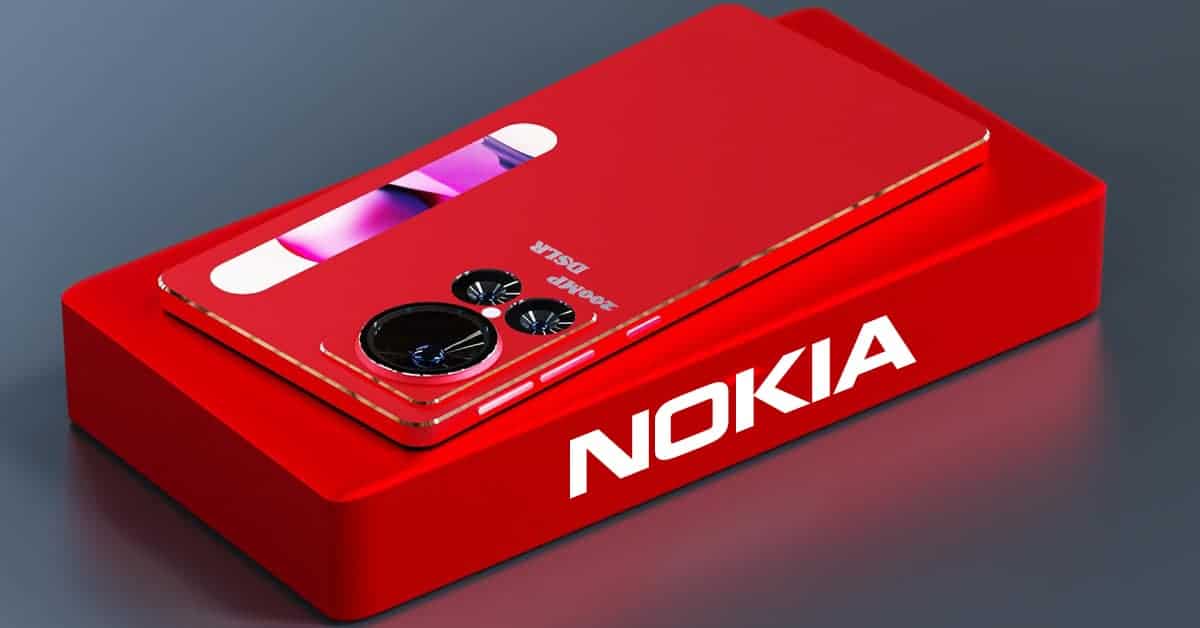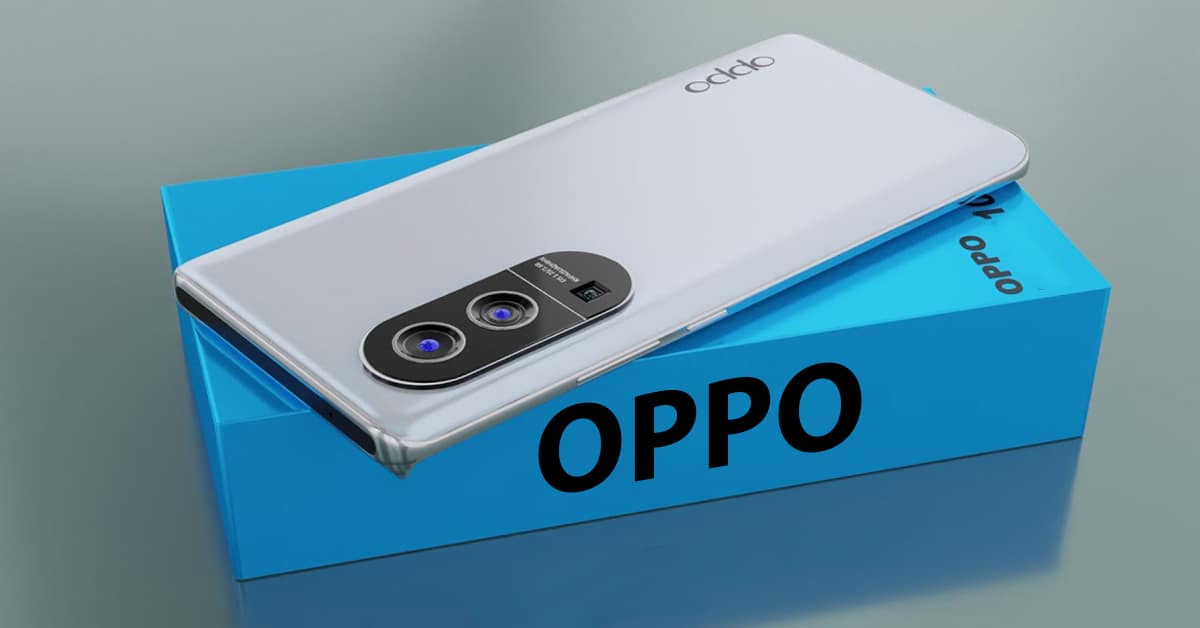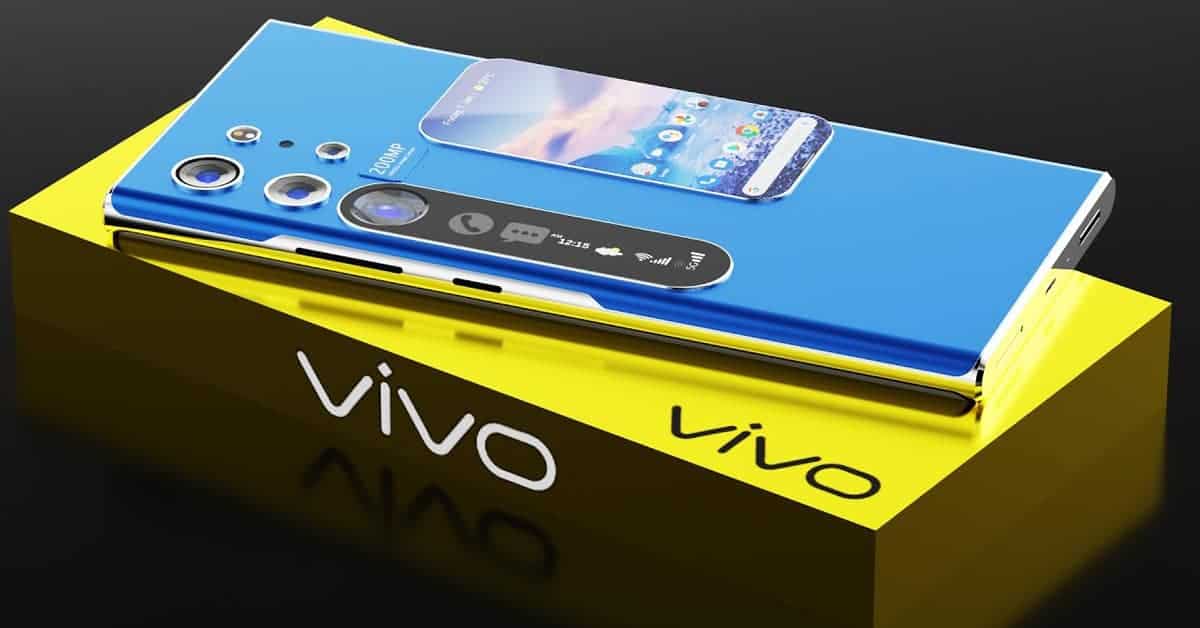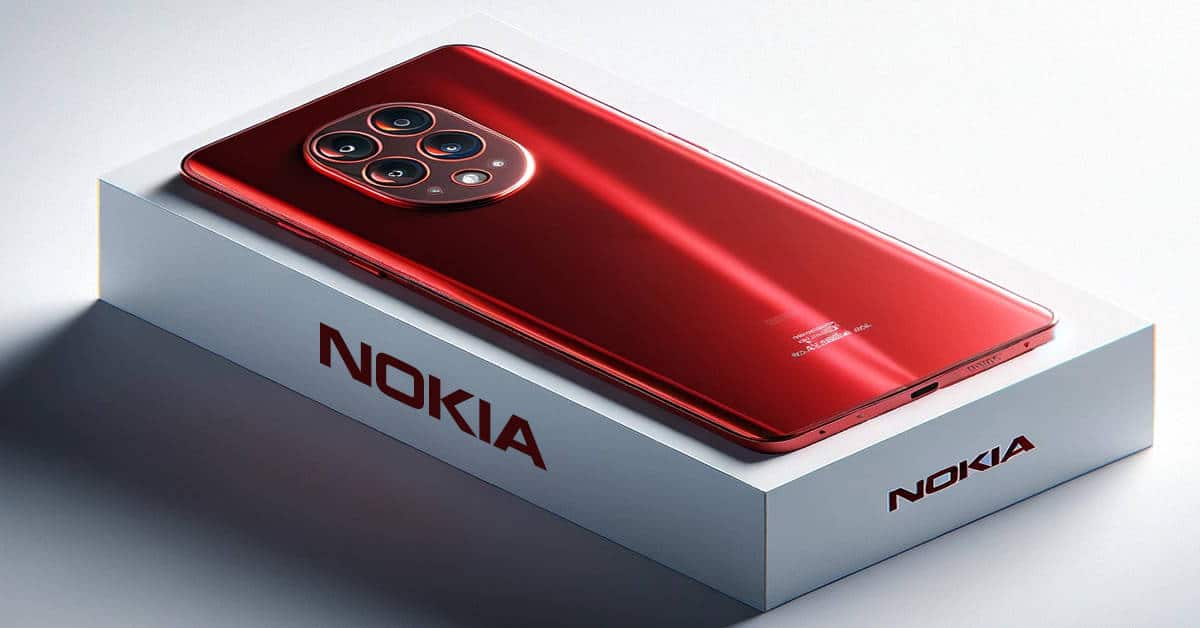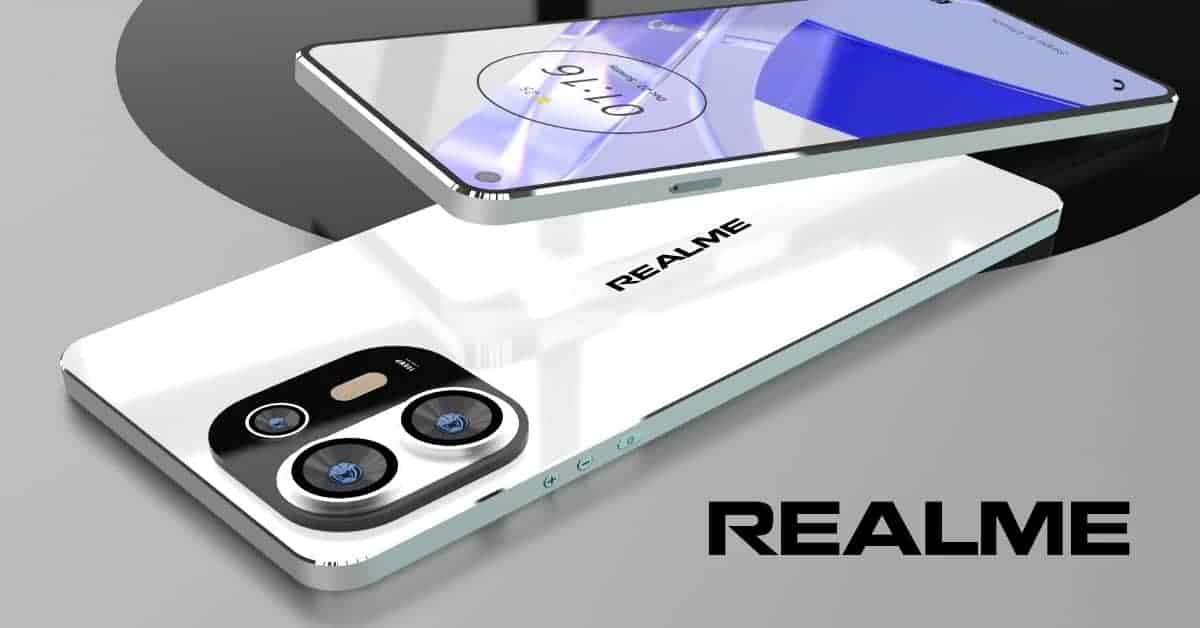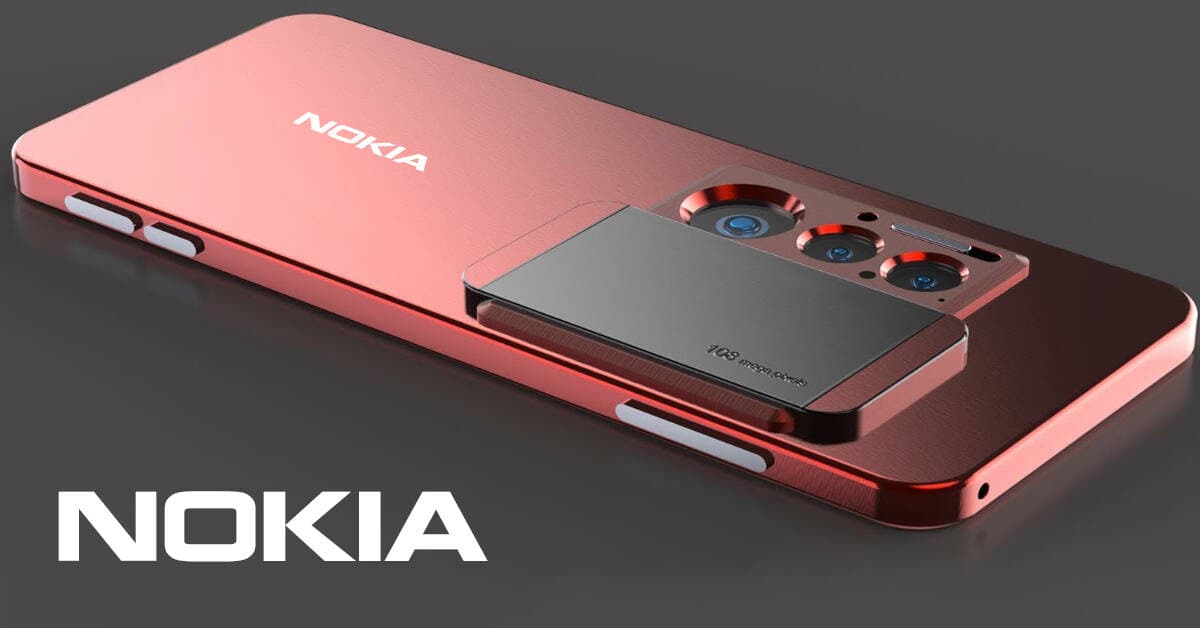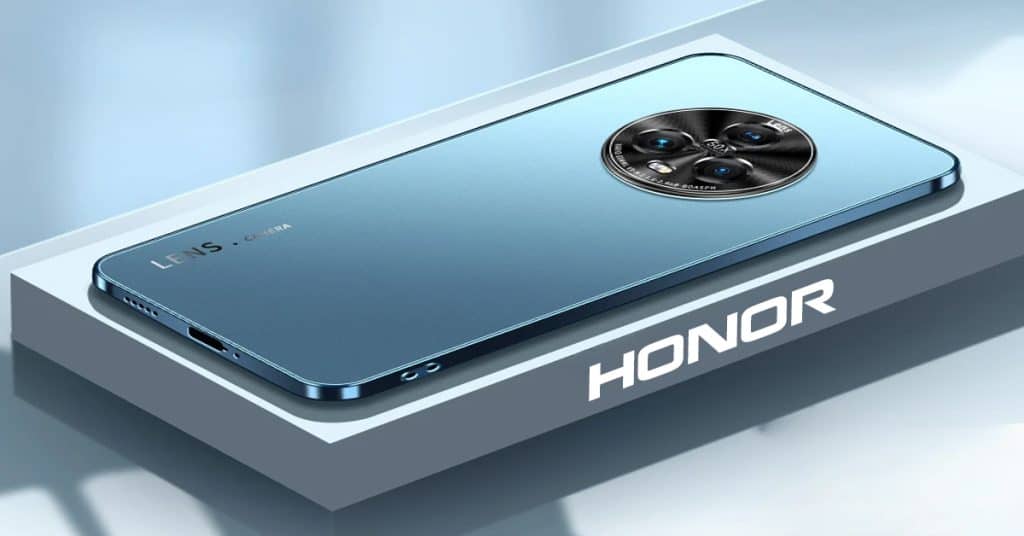Meizu M1 Note Review: the best Android phone under $200
2014 is a remarkable year for Chinese OEM Meizu, who traditionally would only launch one flagship per year. However, in fall 2014, we saw 2 flagships from this fast-growing company, the Meizu MX4 and MX4 PRO and again in December, the company announced a new device that guide a new generation of Meizu owners. Conventionally, Meizu’s products are in mid-range price class but their spec can be considered high-end ones. Now, the M1 Note is going to cost you only a half of that price without scarifying much. A full review of this amazing phone will be revealed. This phone is available for around $220, or just half of the Maize MX4.
Meizu M1 Note Specs
With $200, you have a wide range of choices to buy a smartphone. These phones impressive quality as well. So does Meizu M1 Note. Compared to Meizu M1 Note’s biggest opponent, the iOcean Rock M6752, it have a lot in similarity, such as: same chipset for similar price, scarifying battery size for extra RAM and slightly different build. About the spec, this fits what we have expected from an iOcean Rock M6752’s competitor. Check it out:
- 5.5-inch 1080p Sharp IGZO display
- MediaTek MT6752 64-bit 1.7GHz Octa-core
- Mali-760 MP2 GPU
- 2GB of RAM
- 16GB or 32GB internal storage, no microSD card support
- 3,140mAh battery
- Android 4.4.4, Flyme 4.0 skin
- 13MP rear-facing camera, LED flash
- 5MP front-facing camera
- 150.7mm tall x 75.2mm wide x 8.9mm thick
- 145g
Meizu M1 Note Display
The display of Meizu M1 Note is one of the most amazing feature since very few phones carry Sharp’s IGZO displays. This type of display is rarely used in smartphones as manufacturers tends to apply IPS LCD or AMOLED display for their products. IGZO displays use Indium gallium zinc oxide as a semiconductor instead of silicon. These materials is useful in case the manufacturers want to increase the resolution of the display because they can show more information in the same space thanks to their higher electron mobility. These also allow the device save more power since lights are easier to travel through them. IGZO displays can also have much higher response time than LCD displays can.
Meizu’s use of IGZO display is surprising because the company isn’t in the race of resolution of the smartphone industry, and the refresh rate of the display is just as poor as the displays used in the MX4 and MX4 Pro. That obviously means you will see ghosting when moving things around the screen, such as playing games, watching movies, scrolling through the IU, etc. It is not a big deal but it’s disturbing, especially, to anyone who is sensitive to such implicit issues like this. However, on the bright side, the display is pretty bright and visible outdoor. Colors are pithy, contrast is fantastic and the black levels are as good as those found on the MX4 and MX4 Pro, which are among the best in non-LCD display. The viewing angles are exceptional and they are exactly what we could expect from this neat little device. Touch sensitivity is outstanding and can rank among the most responsive mobile displays.
Meizu M1 Note Hardware and Build
Reducing the price to around $220, Meizu had used much cheaper materials in the M1 Note than in the MX4 or MX4 Pro, but that doesn’t mean it feels like a cheap one. Many phones at this price range choose to have shiny plastic back which may have resulted in a loathe-feeling, and Meizu M1 Note is not out of this trend. That’s exactly what we’ve got here as the M1 Note got an ultra-shiny, non-removable back that look exactly like Iphone 5C. Everything it has makes it look like an Iphone, from the colors available to the shape pf overall, from the circular capacitive Home button to even the bottom speaker grille. If you take a closer look or touch it, you will mistake it for an Iphone 10 out of 10 times.
Everything in this phone solid, solid clicks of the volume and home buttons, and overall solid feel of the device. Many phones in this price range feel slightly hollow or overly light but this phone somehow is light and well built. At 8.9mm thin, this isn’t the thinnest phone in the world but it’s not considered thick either. All the edges of the device, including the back corners, are smooth and slick. They bring the device a premium look than it actually is priced at and really good to hold in hand. Some pretty small bezels here between the edge of the phone and the screen help the phone have a slightly smaller frame than many other 5.5-inch-screen phones out there.
On the right side of the device, you’ll find the dual SIM holder, which actually fits two SIM cards inside at a time. On the top is a 3.5mm headset jack. Thankfully, the home button functions as a power button for turning the screen off, and the notification light as well. The left side of the phone holds both volume buttons, which are separated instead of being a unified volume rocker as many other Android phones have, and feel absolutely excellent thanks to the solid click they get when pressed. The bottom of the device holds the microUSB port and the single small speaker. On back you’ll find the camera and dual-tone dual-LED flash, while the front of the device features only a single circular home button.
Meizu M1 Note Performance and Memory
Without knowing about the phone, you would never think that it was in the range of $200. That’s because the Meizu M1 Note doesn’t feel like a phone, especially not in the performance aspect. This phone is every bit as fast, if not faster, as many high-end phones being tested. Apps launch in a wink, multi-tasking is lightning fast, and even though it’s “only” got 2GB of RAM I never once saw an app reload or redraw when moving back and forth between them. Swiping up from either side of the home button pulls out the multi-tasking menu, which disappointedly shows a row of only 4 icons with the app’s name under the icon. We couldn’t identify which apps were running but having the thumbnail appear above the app would have made things considerably easier to identify what’s running rather than trying to remember what the app’s icon looks like.
As for the gaming, I was entirely impressed with the performance of this device. Every single game tried ran like a dream on a full HD 1080p screen. Performance with a resolution like this is usually only reserved for phones doubling the price. Games like Assassin’s Creed Pirates, Temple Run 2 and Into the Dead ran extremely fast, just to name a few ones that were tested. The only exception into was Brothers in Arms 3, which seems to have a problem with MediaTek chips in general as it performed as horrible as on other phones with MediaTek chipsets. There is not much to complain about this phone at this price class.
Meizu M1 Note Battery Life
Some people have doubted the trend of including non-removable batteries in phones. And if you really care about it, you are going to have problem here. Meizu has tried to ease the problem of not being able to carry around a spare battery by including a quite generous 3,140mAh battery, which is the same size found in powerhouse phones like the Galaxy Note 4 and Nexus 6. Having a chipset that’s should theoretically be more energy efficient than those phones too, and the IGZO display cut down on energy usage as well. In fact, we didn’t find the battery to be any better or worse than the aforementioned phones, which means it got a full-day battery life no matter what you do.
Having too much activities on the first day of using the phone, including playing intensive 3D games, stream music, chatting all day on Hangouts, making phone calls, the battery still got 25% battery left at the end of the day, and that trend continued in the following days. Super serious users may have to lessen the brightness or carry an external power supply around with them, but most people wouldn’t have any issues with the battery life here.
Meizu M1 Note Phone Calls and Network
Many users have said that phone quality does not always play well with Chinese phones. We didn’t have as many problems with the Meizu M1 Note as we’ve had with some other Chinese phones I’ve reviewed, the experience was very good. While using the phone the call quality was just fine, and we was impressed with the signal strength of the phone as we could move from areas to areas where telcom network had poor signal without dropping a call.The M1 Note also includes dual-SIM capability for countries that need and support that sort of thing, with strong support for SIM management.
Data was the biggest issue for us as we found we had got disconnected from T-Mobile’s network and having to reset the radio on the device. When we did have a data connection it was a good one though, pulling down great speeds from T-Mobile’s HSPA+ network. We also had trouble with WiFi networks. It did not stay active while the phone was idle, getting us to wait a couple of seconds after turning the screen on until data was active again. This didn’t usually happen but probably no matter what WiFi device the phone connect to, and the problem would likely be fixed in a software update.
Meizu M1 Note Software
The Meizu M1 Note we used for this review was packing Flyme OS V4.2 (pronounced fly-me), which is a little newer version than what was on the Meizu MX4 Pro. In general, as mentioned in the performance, there was not much to criticize here except for the repeated oddness that Chinese manufacturers made to Android.
We just took a quick glance at some of the things that told Meizu apart from other manufacturers. Firstly, the most obvious thing is the home button. Meizu uses only a single home button and nothing else on the front of the device, making this completely unique compared to other Android phones out there. Pressing home is exactly what it should be, while swiping up on the home button acts like pressing the back button. Swiping up from the bezel on either side of the home button opens up multi-tasking, and holding down home while the screen is on shuts the screen off and locks the device.
The notification panel is a bit different from other Android phones in that some of the quick toggles, like WiFi and Bluetooth, actually have an expandable menu to quickly connect to a network or other devices. One disturbing thing is that there’s no quick way to get to phone settings but you can change around the default buttons and choose from 15 in total to display. Another noticeable oddity is the way to control the volume on the phone. The volume rockers adjust media volume at all times no matter what you’re doing, so adjusting the volume is done only by going into settings. This is irritating to say the least and needs to change in the following versions of Flyme OS for sure.
Users will also find that when using a 3rd party keyboard on some apps, like Hangouts, for instance, to fix a word or move the cursor simply doesn’t work. You need to put the keyboard away to move the cursor, and it has something to do with the built-in system keyboard on the phone.One way to completely fix the issue is gaining root access and removing the system keyboard, or you can just use the built-in keyboard if that works well enough for you. This is a bug that is known and will hopefully be fixed in a future update as well.
Sound
The single speaker of Meizu M1 Note is featured to be at the bottom of the device, ensuring that your hand cupped around the bottom echoes the sound better than a speaker on the back. That doesn’t mean this brings better quality sound than most single back speakers you could find on plenty of Android device out there, just better placed. The speaker itself is loud enough to hear. Even when you are in a truck on the highway, a phone call with loudspeaker will also be audible. Listening to other audio such as YouTube videos was simply fine on this speaker, as the clarity and volume are appropriate.
The DAC on the Meizu M1 Note seems to be better than many other phones in the $200 class, but it doesn’t mean to be able to compete with many more expensive phones. Something has to be sacrificed to fit this price level. The audio output is acceptable whereas I found it to be adequate on a less quality sound system. There’s a built-in equalizer but because this is not a very high powered amp inside the phone, adjusting any of the levels in the EQ lowers the volume. There’s also a DAC setting in the music app for certain headphone brands and models, but none of them are sufficient to improve the sound of a truck. This phone certainly wouldn’t be the first choice for those who like listening to music on, but it’s passable with cheaper ear buds or other lower quality sound systems.
Meizu M1 Note Camera
When you think of a $200 phone, you normally think about lower-quality camera, but the Meizu M1 Note is here to change that prejudice completely.13Mp sensors are now common in the wide range of Android phones out there, but there’s a level of quality that comes with a better sensor that you can find here. There’s very little noise even in lower lighting, and the overall color reproduction is absolutely stellar. Meizu’s filter isn’t too harsh although we find that in some lighting conditions it tends to cause some haloing on certain parts of the image, especially when zooming in. Overall I’d put this right up there with the camera on the Galaxy S4 or Note 3, except for much faster shutter speeds, resulting in significantly high-quality low-light images with less blur.
On the downside, HDR is again nearly useless as it is on all Meizu phones. We don’t know what problem Meizu gets with HDR is but the shutter speed is way too slow in many conditions but the brightest lighting conditions (i.e. direct sunlight). It’s painfully obvious that exposure bracketing is used here, and the camera is very slow to change exposure, leading to longer shutter times and plenty of double imaging in most HDR photos. On the other hand, there are some really interesting options here including a mode to take shots with all items in focus and refocus after the shots is taken. There’s also slow motion video and up to 1080p 30FPS too, all of which were in great quality. Since there’s no OIS (optical image stabilization), video can be a little shaky in some situations, but there’s nothing we haven’t seen before in other Android phones, and certainly have not expected at this price range. Overall this is by far not the best camera we’ve seen on a average price range phone.
Conclusion
For just under $200 or RM699, we wouldn’t recommend any other phone on the market but this phone, so long as you’re not on T-Mobile or one of their MVNO’s of course. You’re getting a phenomenal build for a reasonable price and a great looking phone od that budget, but it’s definitely going to make some people think you’ve got an iPhone if you’re OK with that sort of thing. The camera is definitely the best in this price range, and the display is on the top line as well. Performance is by far the best in this category and can compete even with phones at doubled price or more. Meizu’s Flyme OS is unique and has its quirks, but it’s ultra-fast, responsive and can be very pretty too. The biggest complaint is the sound output, which could be better, especially when used on higher-end sound systems.















